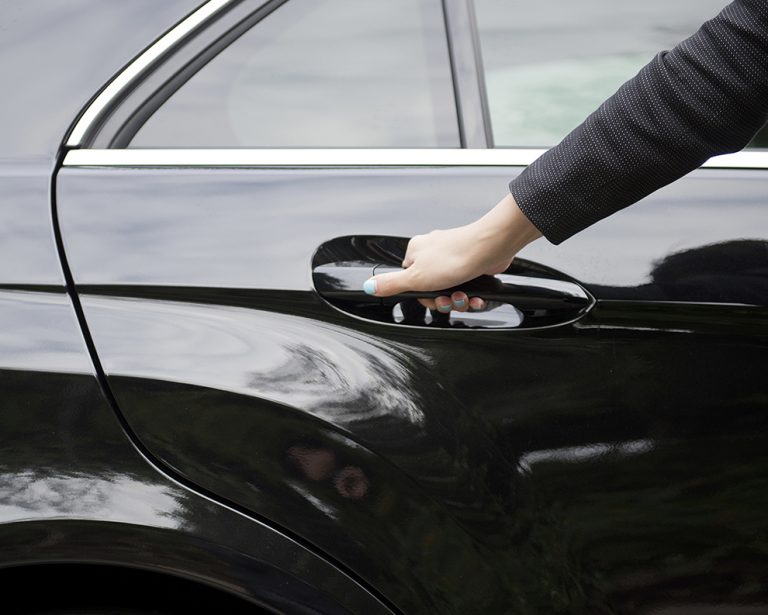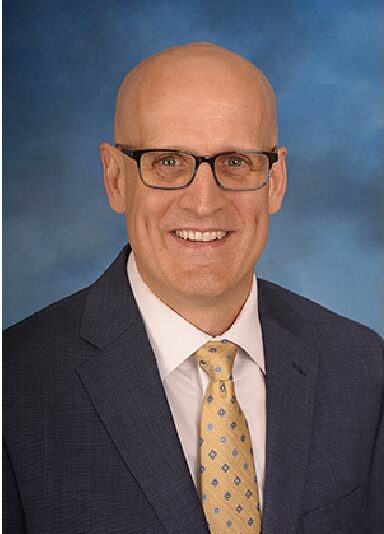
Actuaries added their quantitative acumen to the debate over ridesharing services like Uber and Lyft during a presentation at the Centennial Celebration and Annual Meeting of the Casualty Actuarial Society (CAS) in New York in November.
Uber and Lyft are among a new set of companies that use a smartphone app to match passengers and drivers. But drivers who use their personal vehicles for livery introduce insurance issues that are being debated in legislatures and city councils across the country.
The problem: The typical personal auto policy does not cover livery. While everyone agrees that a personal auto policy should not cover vehicles while carrying passengers for hire, not everyone agrees on whether the personal insurance policy should cover a vehicle that is available for hire but not providing transportation services.
At the CAS meeting, two property-casualty actuaries discussed how to approach the issue, joined by a consultant for a major insurance trade group.
There are three distinct periods to ridesharing:
Period 1 — the time when a driver is online and available for hire.
Period 2 — the time after the driver has received a ride request and is on the way to pick up the passenger.
Period 3 — the time after the passenger has been picked up and is being driven to a destination for drop-off.
The question: When is the driver covered by a standard personal auto policy?
While all the panelists agreed that a driver needs commercial insurance in the last two phases, the big question revolves around what coverage exists in Period 1.
In this case, the coverage varies by insurer, said Frank Chang, FCAS, lead actuary of Uber. His analysis is based on reading the exclusions in the policies of dozens of different insurers. The most common wordings, he said, would exclude coverage only when the driver has a passenger. That would mean a driver in Period 1 — not carrying a passenger and not en route to pick one up — could have coverage under a personal auto policy. He also argued that the driver’s exposure during Period 1 is similar to personal auto because the driver is alone, driving a known, rated vehicle. The presence of passengers as well as typical livery hazards such as loading and unloading of passengers and goods, finding areas for safe pick-up and drop-off, and driving prescribed routes do not exist in Period 1.
Uber’s insurance policy covers drivers on the way to a fare and while they have one. In Period 1, though, Uber’s coverage is contingent; it only applies if the driver’s own personal auto policy does not.
Chang’s analysis is disputed by Diana Lee, a consultant recently retired from the Property Casualty Insurers Association of America (PCI). Lee said personal auto policies exclude all commercial activity — Periods 1, 2 and 3 — due to the change in driving risk. Lee notes that drivers tend to go to urban areas looking for passengers, where the exposure to the risk of loss is higher. In addition, Lee contends that risks should be insured by a policy appropriate to the activity; therefore, shifting the cost of a commercial activity to a personal policy is not appropriate.
Drivers tend to look for rides when demand is high. That means they tend to drive later at night (carrying bar-hoppers) and in bad weather (when potential customers do not want to wait for a bus).
The trade group has been working with state legislatures to create a “bright line” between personal and commercial auto by placing all three periods on the commercial side, she said. California and Colorado have passed legislation clarifying what periods are to be covered by ridesharing companies. More than a dozen other states have debated the issue, and nine cities have already passed ridesharing ordinances.
One other issue that was discussed was the impact of ridesharing on the personal auto insurance industry.
To gain further understanding, PCI hired Pinnacle Actuarial Resources to estimate how much coverage for Phase 1 might cost a driver. Pinnacle actuary Laura Maxwell, FCAS, who presented her method and her findings, said that the challenge was finding publicly available information on which to base her analysis. Currently there is scant information on ridesharing exposures, so Maxwell gathered information from news stories and government analyses, a strategy actuaries often employ when they do not have a complete data set. Like many actuaries, she then created high- and low-scenarios to test the sensitivity of her assumptions.
For example, Maxwell needed to know the age of and miles driven by a typical rideshare driver. She used government information on miles driven by age group for all Americans. She then found a newspaper article that gave a rough breakdown of Lyft and Sidecar drivers by gender and age.
Maxwell also adjusted standard insurance rates to reflect differences between rideshare drivers and the typical personal auto policyholder. Drivers tend to look for rides when demand is high. That means they tend to drive later at night (carrying bar-hoppers) and in bad weather (when potential customers do not want to wait for a bus).
Rideshare drivers also tend to be more distracted, Maxwell said, while checking their apps and finding their fares. She found government databases that show the increased risk of an accident from all these factors, then adjusted the results again because most rideshares take place in urban areas. With heavier traffic, urban areas see more accidents than other areas; however, these accidents involve lower speeds, so damages tend to cost less to repair and injuries are less severe.
She created four scenarios to reflect the fact that some drivers use rideshare to supplement income while others make it a full-time job. She did this for Colorado and California while those states were contemplating rideshare legislation.
Depending on the state, she concluded, rideshare drivers who put in about 1,000 miles a year could expect to pay $100 to $200 a year to obtain coverage for Period 1. Full-time drivers in Colorado would pay $1,000 to about $1,500 and full-time drivers in San Francisco would pay an additional $3,000.
Chang approached the issue from a different angle. He cited a study done by Milliman to measure the impact of ridesharing drivers on Period 1 in Colorado; the net result on the personal auto insurance market to all policies was $0.70/policy. Chang then noted that each passenger in a ridesharing vehicle is one less driver on the road. Because ridesharing vehicles are covered by commercial insurance while transporting passengers, this reduces the miles covered by personal insurance. He argued that by giving bar-hoppers a safe way home, ridesharing actually makes roads safer. Chang also noted that drivers in Period 1 are not always driving; they will sometimes turn on their smartphone and await assignments while either parked or at home. Finally, Chang suggested that products for ridesharing in Period 1 would be a great growth opportunity and differentiator for personal auto insurers.
Because ridesharing vehicles are covered by commercial insurance while transporting passengers, this reduces the miles covered by personal insurance … by giving bar-hoppers a safe way home, ridesharing actually makes roads safer.
The debate continues, with property-casualty actuaries lending their expertise where needed. Through October 2014, 23 states have alerted drivers and passengers of the potential insurance risk. More states and cities are expected to consider ridesharing legislation and regulations in the upcoming year.
“It has been a very fluid issue,” said Lee. “It has been a challenge to keep up.”
James P. Lynch, FCAS, is chief actuary and director of research and information services for the Insurance Information Institute in New York.











